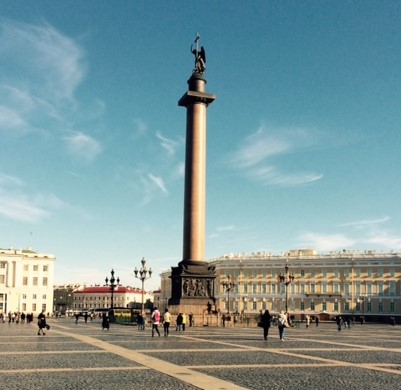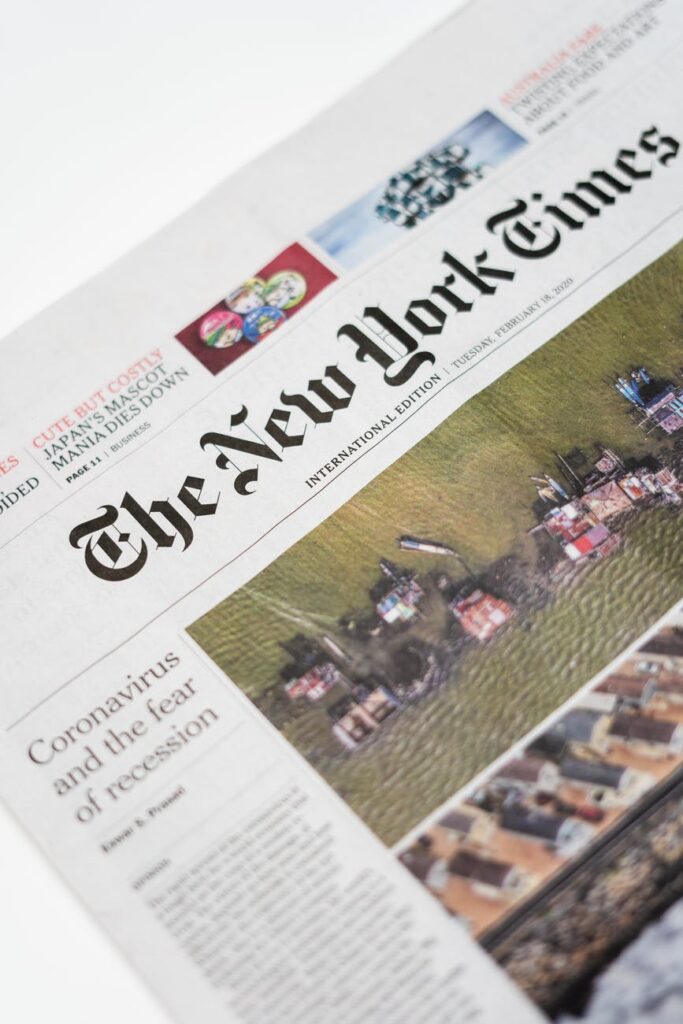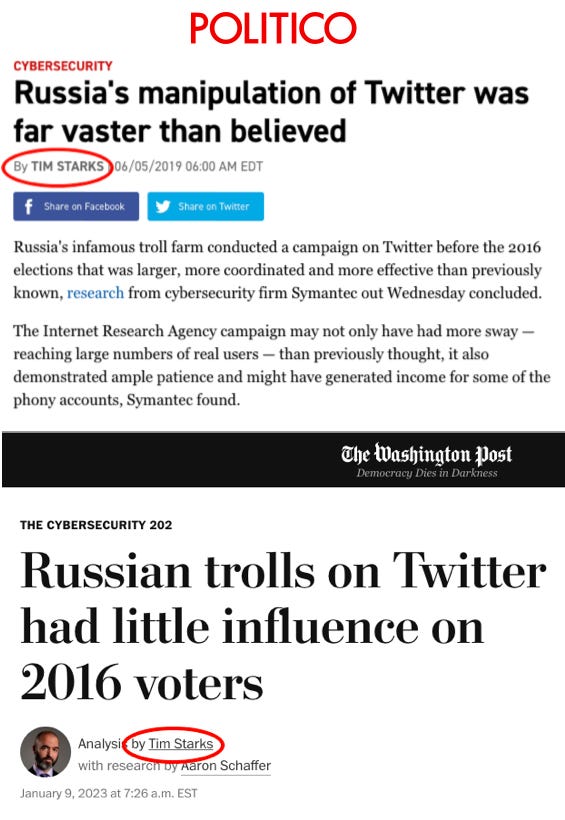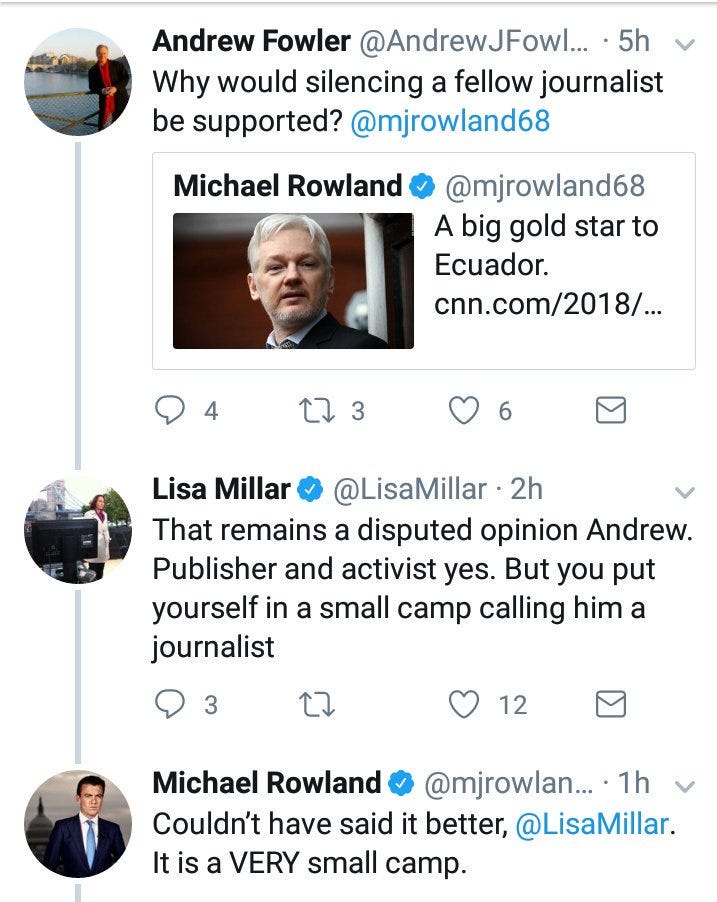
By James Carden, Responsible Statecraft, 1/13/22
Walter Lippmann (1889 -1974) was perhaps the most influential American journalist of the 20th century. He was also among its wisest strategists. Among the many things that the Ukraine war has exposed is the conspicuous lack of media voices like Lippmann’s, as well as the paucity of strategic thinking at the highest levels of the U.S. government.
The core ideas underlying both neoconservatism and liberal internationalism remain deeply embedded in the rhetoric, practice, and failures of American foreign policy over the last two decades. They have led in part to the fractured U.S.-Russia relationship, and in many ways the conflict roiling Eastern Europe today.
In order to successfully challenge and eventually break the stranglehold these ideas have on policymakers and the Fourth Estate, we might benefit by a re-appreciation of Lippmann’s work. It might even help us to move beyond the prevailing wisdom of the bipartisan Washington war party, while at the same time reorienting the foreign policy of restraint back to first principles.
Lippmann’s Cold War
It wasn’t obvious in the early days of Lippmann’s brilliant career that he would come to be considered a — if not the — leading proponent of foreign policy restraint in the 20th century. His was a journey from committed Wilsonian to cold-eyed realist and outspoken opponent of the Vietnam war.
A co-founder of both the New Republic and the Council on Foreign Relations, he served as an adviser to President Woodrow Wilson during World War I. Later, he came to regret the enthusiastic interventionism of his early years. He was a Wilsonian mugged by reality, and, by the time the Cold War (a term Lippmann is often credited for popularizing in 1947) had entered its initial stages the late 1940s, he was criticizing Wilson’s interventionist ideology as “an impossible foundation for the foreign policy of a nation… Our people are coming to realize that in this country one crusade has led to another.”
Even before the onset of the Cold War, Lippmann was urging a modus vivendi between the U.S. and the Soviet Union. In the view of his biographer, Ronald Steele, Lippmann’s position was that “security is based on power, not on abstract principles. Alliances and spheres of influence, not majority votes in an international assembly, would govern a nation’s behavior.” For Lippmann, it was “eminently proper” that great powers such as the U.S. and Soviet Union had their own spheres of influence and responsibility.
During the early years of the Cold War, Lippmann became a leading critic of George F. Kennan’s policy of containment. Lippmann protested the militarization of the Cold War which is where he believed Kennan’s policy would lead. Among other things, Lippmann feared that, “by forcing us to expend our energies and our substance upon these dubious and unnatural allies on the perimeter of the Soviet Union, the effect of the policy is to neglect our natural allies in the Atlantic community, and to alienate them.”
In Lippmann’s view, the mistake Kennan made in outlining his initial strategy of containment was in simultaneously overestimating the role ideology played, while underestimating the role traditional national security interests played in the calculations of the Soviet leadership. [To his credit, Kennan, who admired Lippmann, eventually came to regret how containment had quickly led to U.S. militarization in practice].
Lippmann’s criticism of Kennan’s famous 1947 Foreign Affairs article, “The Sources of Soviet Conduct” came by way of 14 consecutive newspaper columns that were later collected in a book titled The Cold War. Lippmann saw Kennan’s containment policy, which recommended that Washington counter Soviet pressure through “the adroit and vigilant application of counter-force at a series of constantly shifting geographical and political points” as a “strategic monstrosity.”
Lippmann also went on to attack the author head-on. “For a diplomat to think that rival and unfriendly powers cannot be brought to a settlement is to forget what diplomacy is all about,” wrote Lippmann. “There would be little for diplomats to do,” he continued, “if the world (only) consisted of partners, enjoying political intimacy, and responding to common appeals.”
Lippmann’s concerns over containment remain relevant. Then as now, Washington-led efforts, beginning in April 2014, that sought to turn Russia into (in the words of New York Times’ reporter Peter Baker) a “pariah state,” have led exactly to where Lippmann feared Kennan’s containment strategy would go: a situation where we are deeply tied to “dubious and unnatural allies” in Kiev who wish to involve us in a shooting war with Russia.
Lippmann’s prudential approach toward the Soviet adversary, based on a narrow understanding of U.S. national interests, also influenced his thinking toward President Lyndon Johnson’s war in Vietnam. In February 1965, a mere six months after the Gulf of Tonkin Resolution had been passed by Congress, Lippmann wrote that as far as the conflict in Vietnam went, there was “no tolerable alternative except a negotiated truce.”
The following month, Lippmann expressed his concern over the conformity of establishment opinion over Johnson’s policy of engagement and escalation. According to Lippmann, “self-delusion” was the main driver of the belief that “if therefore we are agreed among ourselves, none can withstand us because none should withstand us, and we shall and must prevail.”
It would not be much of a stretch to simply and without rancor observe that a similar conformity grips Washington today regarding Ukraine. As with LBJ in 1965, the current president, Joe Biden, is being egged on by hawks in his administration, in his party, and in the American media. Worryingly, one of the differences between then and now is that then, there existed a coterie of U.S. senators such as Frank Church, Wayne Morse, and Eugene McCarthy who were early and vocal opponents of Johnson’s policy.
There was also Lippmann, whose reach was unparalleled: His thrice-weekly column ran in 200 newspapers and reached an estimated 10 million people.
In 1960, the CBS news anchor Howard K. Smith called him “the most quoted journalist in the world today.” The legendary Washington Post editor Ben Bradlee said Lippmann “towered over the Washington newspaper establishment like no one ever has since. He was the foreign correspondent, really, for every newspaper in America.”
Yet for all that, Lippmann paid a personal price for his opposition to the war. As Lippmann once said, “You can’t decide these questions of life and death for the world by epithets like appeasement.” As Steele recounts, throughout the 1960s, Lippmann’s “sense of isolation increased” and “the snide remarks about his age and judgment” all “took a toll.” And while history has vindicated Lippmann, the gung-ho militarism of those such as rival columnist Joseph Alsop remains entrenched more than half a century later.
Which Way Forward?
The war in Ukraine has brought to the fore divisions over what a proper foreign policy of restraint might look like. Some argue for what I would describe as a policy of ‘Restraint Plus’ which urges restrainers to abandon the more traditional concepts of restraint as laid out by Lippmann, in favor of those that are “forward looking.” Some have come out as vocal advocates for U.S. military and financial aid to Ukraine.
Others, such as historian Michael Brenes, believe that restrainers should “build an alternative strategy to liberal internationalism that is codified around principles of universal equity; freedom from foreign interference, coercion, and invasion; global collaboration across wealthy and poor nations; and international institutions that provide checks and balances on military spending.”
Yet some would say basing a foreign policy of restraint on “principles of universal equity” seems about as realistic as basing a foreign policy on the elimination of “terror,” as U.S. president George W. Bush once attempted. The goals which the Restraint Plus camp seek are perhaps laudable, but the problem is that they are far too broad — and broadly defined goals too easily lend themselves to interventionism and mission creep.
Restrainers should, as Lippmann urged, resist the temptation to re-shape the world in the self-image of Washington’s governing elite. “A mature power,” Lippmann wrote, “will make measured and limited use of its power. It will eschew the theory of global and universal duty which not only commits it to unending wars of intervention but intoxicated its thinking with the illusion that it is a crusader for righteousness.” It will leave behind, as today’s restrainers should, “the totally vain notion that if we do not set the world in order, no matter what the price, we cannot live in the world safely.”
Those words, by a man who was arguably the country’s most powerful media figure, in opposition to a ruinous American military adventure half a world away, were written in April 1965. It is sobering to think just how far in the wrong direction the American media — now so wedded to the prerogatives of the national security state on matters of war and peace — has traveled in the days since Lippmann.









